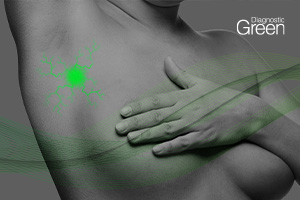Background: Gracilis muscle interposition (GMI) is an established treatment option for complex perineal fistulas and reconstruction. The outcome is limited by complications such as necrosis, impaired wound healing and fistula persistence or recurrence. Quantifiable methods of assessing muscle flap perfusion intraoperatively are lacking. This study evaluates a novel and objective software-based assessment of indocyanine green near-infrared fluorescence (ICG-NIRF) in GMI.
A new software was utilized to generate perfusion curves for the specific regions of interest (ROIs) of each GMI by depicting the fluorescence intensity over time. Additionally, a pixel-to-pixel and perfusion zone analysis were performed. The findings were correlated with the clinical outcome.
Results: Four patients underwent GMI without postoperative complications within 3 months. The novel perfusion indicators identified here (shape of the perfusion curve, maximum slope value, distribution and range) indicated adequate perfusion. In one patient, GMI failed. In this case, the perfusion indicators suggested impaired perfusion.
Conclusions: We present a novel, software-based approach for ICG-NIRF perfusion assessment, identifying previously unknown objective indicators of muscle flap perfusion. Ready for intraoperative real-time use, this method has considerable potential to optimize GMI surgery in the future.




